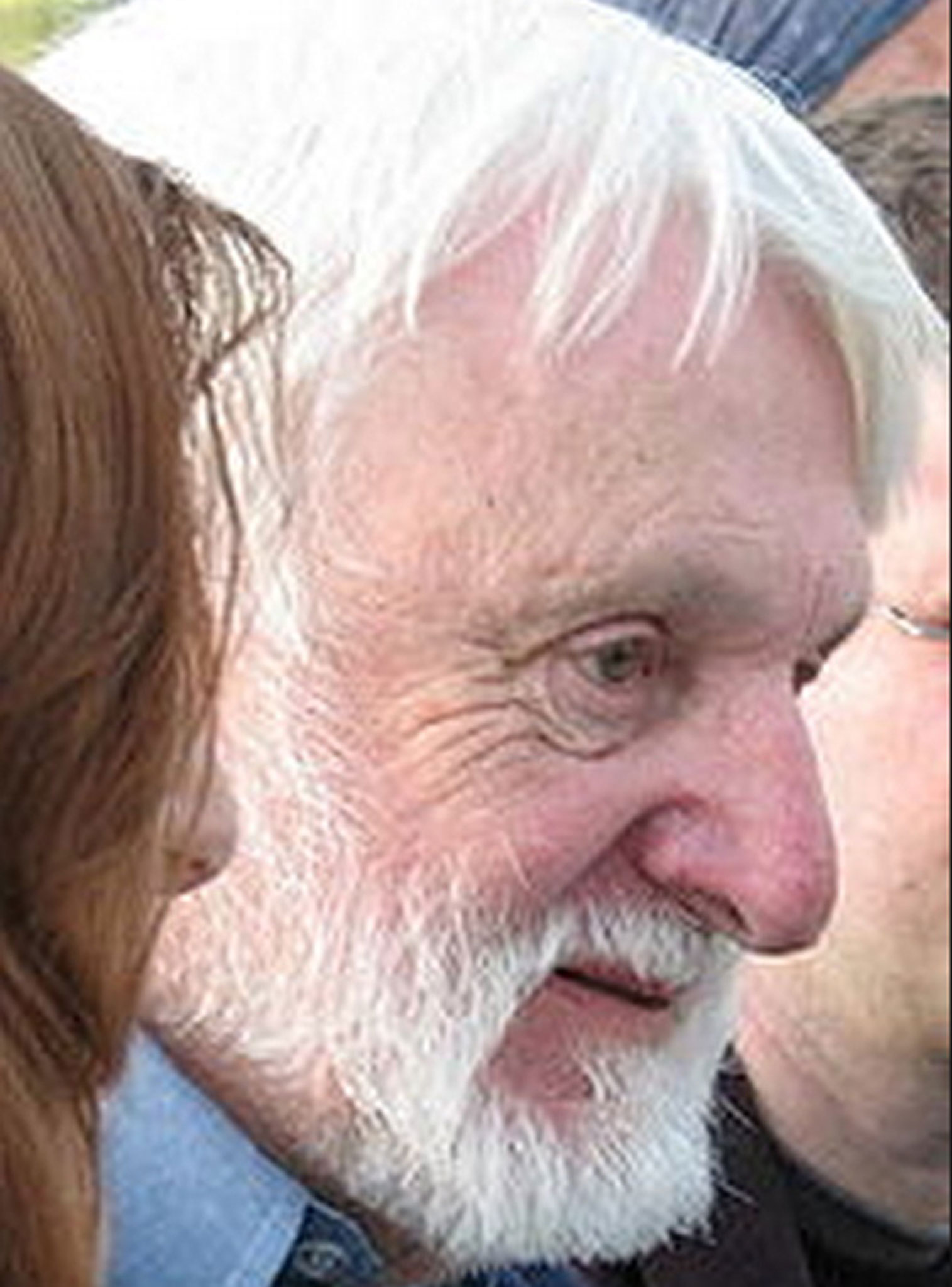
In the roll-call of student summer reading certain volumes stand out, including Desmond Morris's body language phenomenon The Naked Ape and Richard Bach's Jonathan Livingston Seagull. To those can be added a volume by Robert M Pirsig that snuggled its way into every hitchhiker's hand-crocheted body satchel. Unlike Bach, whose books were like being hit with a wiffle bat full of pot-pourri, Pirsig is the real deal. Born in 1928, this precocious university student was eventually expelled for studying too hard, after growing bewildered by the choice of multiple hypotheses in his chosen field, biochemistry. Overwhelmed by the limitations of science, he tackled Eastern philosophy instead, spending time in India before returning to a US college.
So filled with anxiety that he was physically sick before teaching a class, he suffered a nervous collapse in 1961 and was diagnosed with depression and paranoid schizophrenia, spending time in various institutions. He was treated with electro-convulsive therapy and emerged to write a volume that entered the Guinness World Records book for receiving 121 rejections by publishers. It is probably the most unlikely book ever to have become a smash hit.
Zen and the Art of Motorcycle Maintenance appeared in 1974 and perfectly matched the confusion of the times, selling five million copies worldwide. It recounts a 17-day trip made by motorbike from Minnesota to California with Pirsig's son and friends. The bonding journey is punctuated with philosophical discussions on a variety of cerebral matters, mainly a theory known as the Metaphysics of Quality, the idea that the knife-edge of experience is only ever found in the present. Zen became the biggest-selling philosophy book ever, despite Pirsig pointing out that it bears no resemblance to "that great body of factual information relating to orthodox Zen Buddhist practice", adding: "It's not very factual on motorcycles, either."
So, what did it have? The answer lies in its skilful blending of two personality types, the romantics and the mechanics. Realising that pure philosophical discussion would not resonate with increasingly disillusioned US readers of the Seventies, who had witnessed the Kent State shootings and the collapse of the Nixon regime, Pirsig welded his arguments to something more tangible – engines and travel – and created a survival guide for the soul. He wrote the book at night after spending each day churning out computer manuals, so the practical and the abstract complemented each other. The world changed but Zen remains a classic.
Subscribe to Independent Premium to bookmark this article
Want to bookmark your favourite articles and stories to read or reference later? Start your Independent Premium subscription today.

Join our commenting forum
Join thought-provoking conversations, follow other Independent readers and see their replies